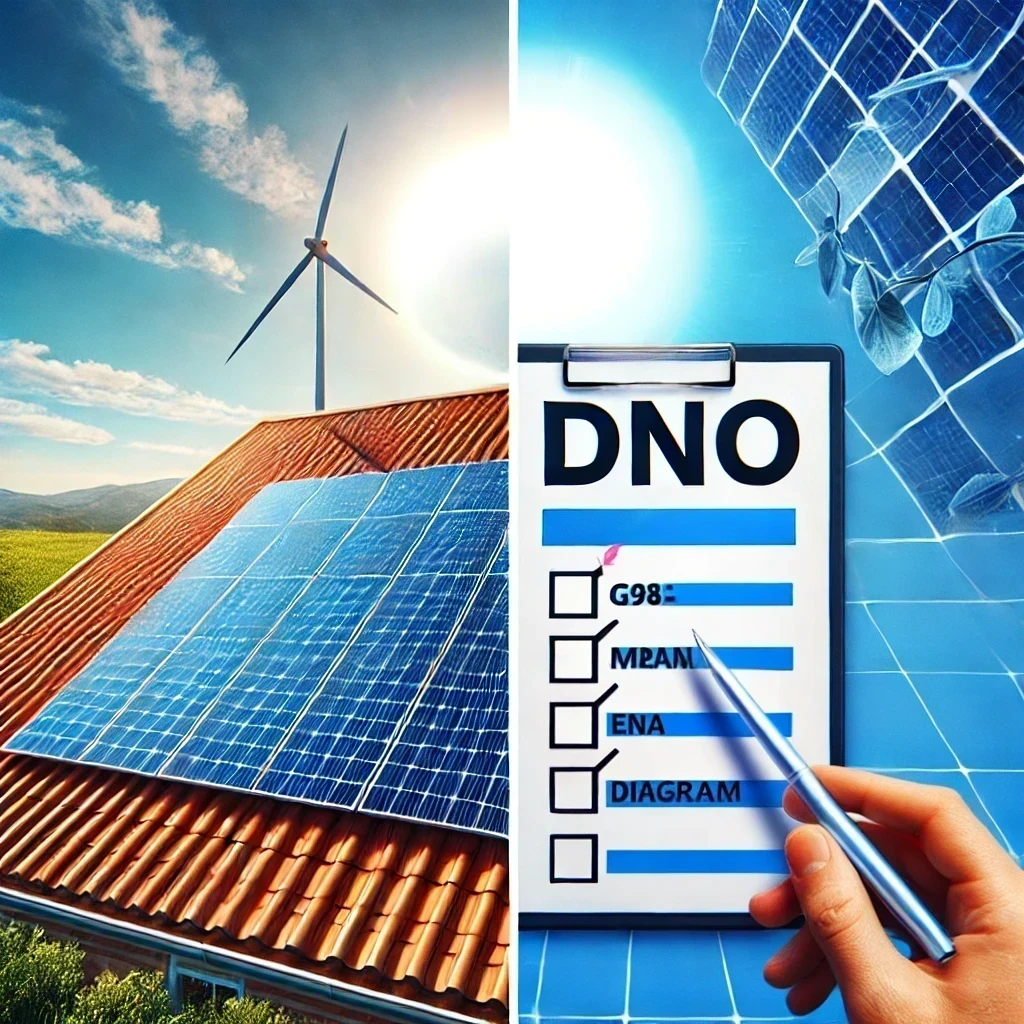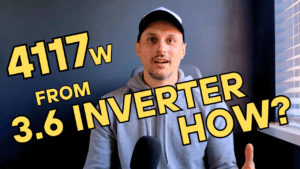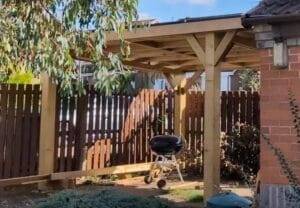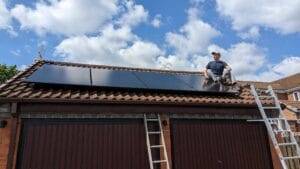If you’re planning a DIY home solar or battery storage installation in the UK, knowing how to register your system with your local Distribution Network Operator (DNO) is essential. This process ensures your installation is safe and complies with regulations for grid-connected energy devices. Here’s a straightforward guide for homeowners. The great news is that DIYers can also register their system without depending on certified installers.

Determine Your System Size and DNO Application Type
The type of application depends on your solar system’s capacity:
- G98 Application: This is for smaller systems that produce up to 3.68 kW per phase (equivalent to 16A). For these, the DNO uses a “connect and notify” approach, meaning you can install your system first and inform the DNO afterwards. You have up to 28 days post-installation to submit the necessary documents.
- G99 Application: If your system exceeds 3.68 kW per phase, apply under G99. This application must be approved before installation, as larger systems can impact the local grid’s stability. The G99 process is more detailed and may require up to 8–12 weeks for approval.
Gather the Necessary Information for the DNO
Before filling out your application, gather these essential details:
- System Specifications: Include technical information about your solar panels, inverters, and overall system capacity. These details help the DNO assess whether your setup can be safely connected to the grid. The crucial piece here is the Inverter make and model number. Look up yours at the ENA type test register.
- Schematic Diagram: A simple layout showing how your system connects to your property’s electrical infrastructure, including the location of the inverter and isolator switches.
- MPAN Number: This unique number identifies your electricity meter. It’s often found on your electricity bill and is required for the DNO application. You can also google “What’s my MPAN” and navigate to the nationalgrid.co.uk website to extract that data by your address.
Submitting Your Application to the DNO
For G98 installations, you should submit the notification form within 28 days after installation. The submission must include your system’s technical specs and the schematic diagram. For G99 applications, you’ll submit a detailed form and await approval before installing. The DNO may ask for further information, so ensure all documents are accurate to prevent delays.
You can also cover this entire process online by following simple steps at the National Grid website.
Battery Storage Considerations
Suppose you plan to add battery storage, especially systems with backup functionality that can “island” (disconnect from the grid during power outages). In that case, you must inform the DNO as these setups require additional safety checks. Battery storage systems are becoming increasingly popular as they enhance self-sufficiency by storing excess solar energy for later use.
Importance of Timely and Accurate Applications
It is crucial to file your application promptly and accurately. DNOs have seen increased demand due to the rise in renewable installations, and processing times can be longer than expected. For G98, approval may take up to four weeks, while G99 could take several months, especially for larger or more complex systems.
Potential Pitfalls and How to Avoid Them
- Grid Capacity Issues: The grid may have capacity limitations in some regions. Discuss your project early with the DNO to identify potential problems, especially for larger systems.
- Not Compliant Components: If you submit a non-compliant component to the ENA register inverter, your application will likely be turned down. You will be asked to provide testing results and certificates to ensure your equipment is safe for the grid.
- Rejected Applications: Rejections are rare but can happen due to local grid constraints or inaccuracies in your application. If your application is denied, you may need to adjust your system size or configuration to meet grid compatibility.
Final Thoughts
Navigating the DNO application process is critical to setting up a safe and compliant DIY solar system. Understanding your system’s requirements, gathering the proper documents, and engaging with your DNO early can ensure a smooth connection process. Remember, the appropriate planning today guarantees a hassle-free setup and maximizes the benefits of your new solar installation.



